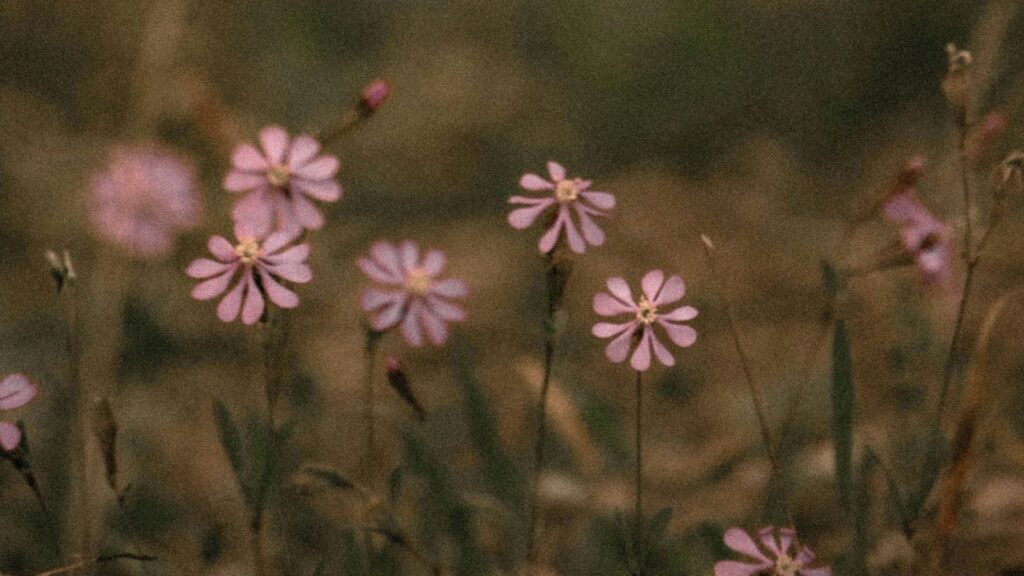Over the past couple of years, researchers have discovered over 50 species of plastic-eating mushrooms.
Trash on Land and Sea
Every year, somewhere between 4.8-12.7 million tons of plastic enter the ocean. This is on top of the estimated 150 million metric tons that are already in our marine environments. Even more frightening than the astronomical numbers of plastic polluting our environment, the production and consumption of this modern waste may double over the next ten years.
The Terrifying Great Pacific Patch
The Great Pacific Patch–an island of floating plastic between Hawaii and California–is twice the size of Texas and three times the size of France. As a species, we’ve helped to build another landmass, sizable enough to hold the population of an entire country but void of purpose. A waste of space. Plastic is one of our modern age’s biggest problems along with the rest of the waste that we dump into our oceans and landfills. The average American throws out 4.4 pounds of trash a day. It’s gotta go somewhere.
Landfills
Landfills are a huge global warming issue because all that trash ends up releasing methane, a gas that is 23 times more effective than carbon dioxide at trapping heat in the atmosphere! That’s crazy! In the United States alone, there are over 2,000 active landfills. And, we’re running out of space. As a world, we dump “2.12 billion tons of waste.” This stunning amount is partly made possible because 99 percent of the stuff we buy is trashed within six months. Yikes.
Mushrooms that Munch on Plastic
The way we trash our things is a much larger problem than the plastic situation. Unfortunately, for us and the world as a whole, plastic doesn’t degrade easily. On top of that, we use so much of it that tackling this problem is of utmost importance.
In 2012, Yale students discovered a fungus in Ecuador called Pestalotiopsis Microspora that eats plastic. It doesn’t even need oxygen, which makes it an ideal candidate to get deep into those landfills and start feasting. Over the past couple of years, 50 species of plastic-eating mushrooms have been identified, including oyster mushrooms, that fully degrade different kinds of plastic. Once they’ve fully digested it, we can eat the mushrooms! That’s an economic solution right there.
Mushrooms digest their food by secreting enzymes and absorbing the dissolved organic matter back into the cells. It takes up to several months for the mushrooms to break down the plastic, so there is only so fast that they can go. With numbers exponentially increasing higher into the millions, that’s a lot of plastic to eat. The mushrooms cannot necessarily keep up with the production of plastic.
Global Waste is a Multi-Billion Dollar Industry
Though there are initiatives, they need support–cash. The global waste management market is worth over 300 billion dollars. As our waste is increasing, it is estimated that by 2025, global waste management will be worth a whopping 484.9 billion dollars. But, we all know that we need better ways of managing this growing problem if we want future generations to stand a shot at survival.
Thus, scientists are envisioning creatives solutions. One novel idea in development is at-home fungi recycling kits that will help individuals deal with the waste that they accumulate.
Terrence McKenna believed that mushrooms were an advanced alien civilization that chose to take the form of a mushroom. Considering that they are practically immortal and that some can eat through plastic–fungi are unbelievable. However, no amount of fungi is necessarily going to change how we consume, which is quite literally destroying the earth. The fungi can help though–and, it seems like they are trying to.
Time to Team Up With Fungi
According to Paul Stamets, all life on earth was almost destroyed twice by cataclysmic events. One of them purportedly wiped out the dinosaurs. Stamets believes that all of life teamed up with fungi in order to survive. They were rewarded for doing so. It might behoove us, to consider the grave danger we are in as a species and team up with fungi on the plastic issue. By 2050, there could be more plastic than fish in the friggin’ sea.
Imagine that scuba dive?















